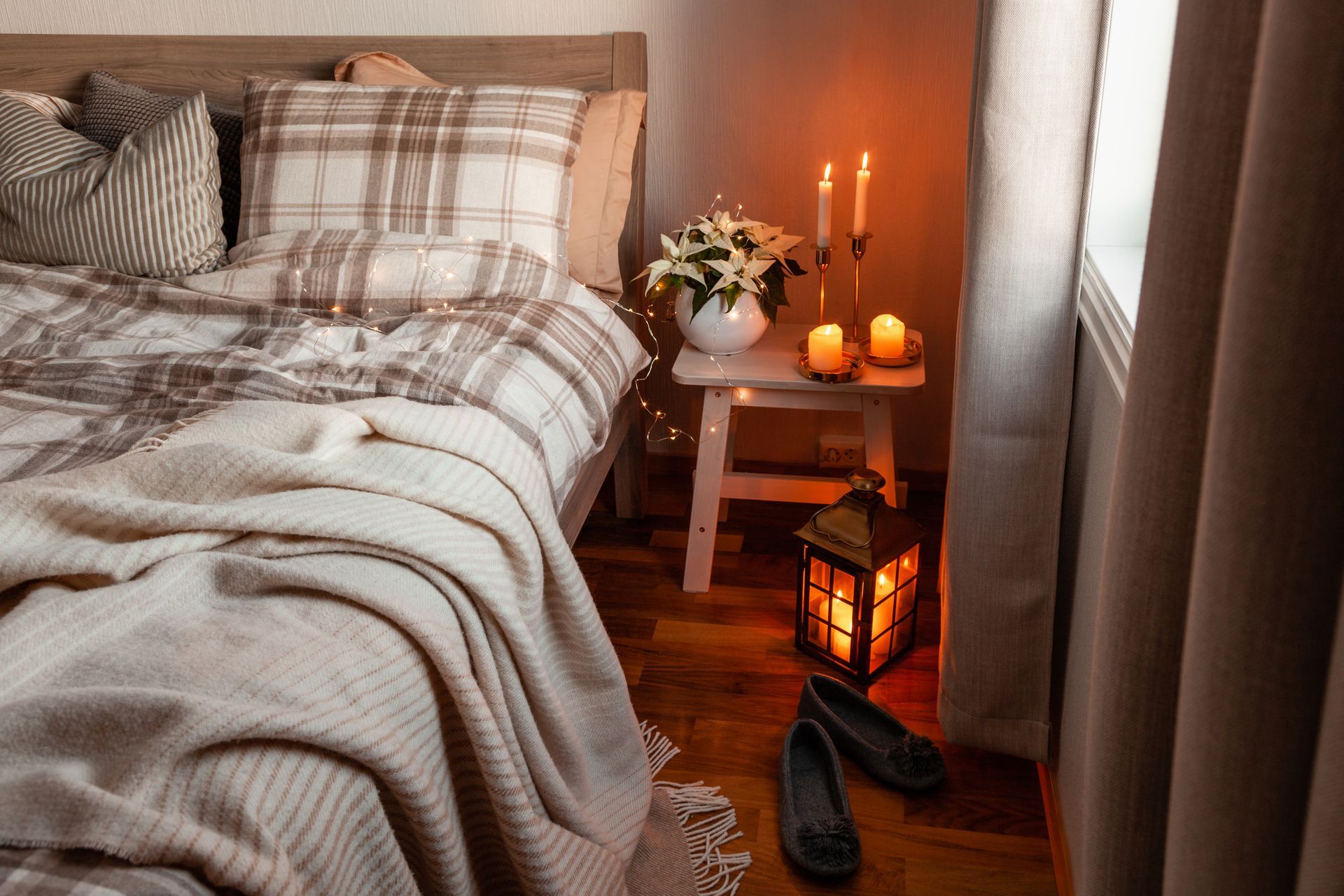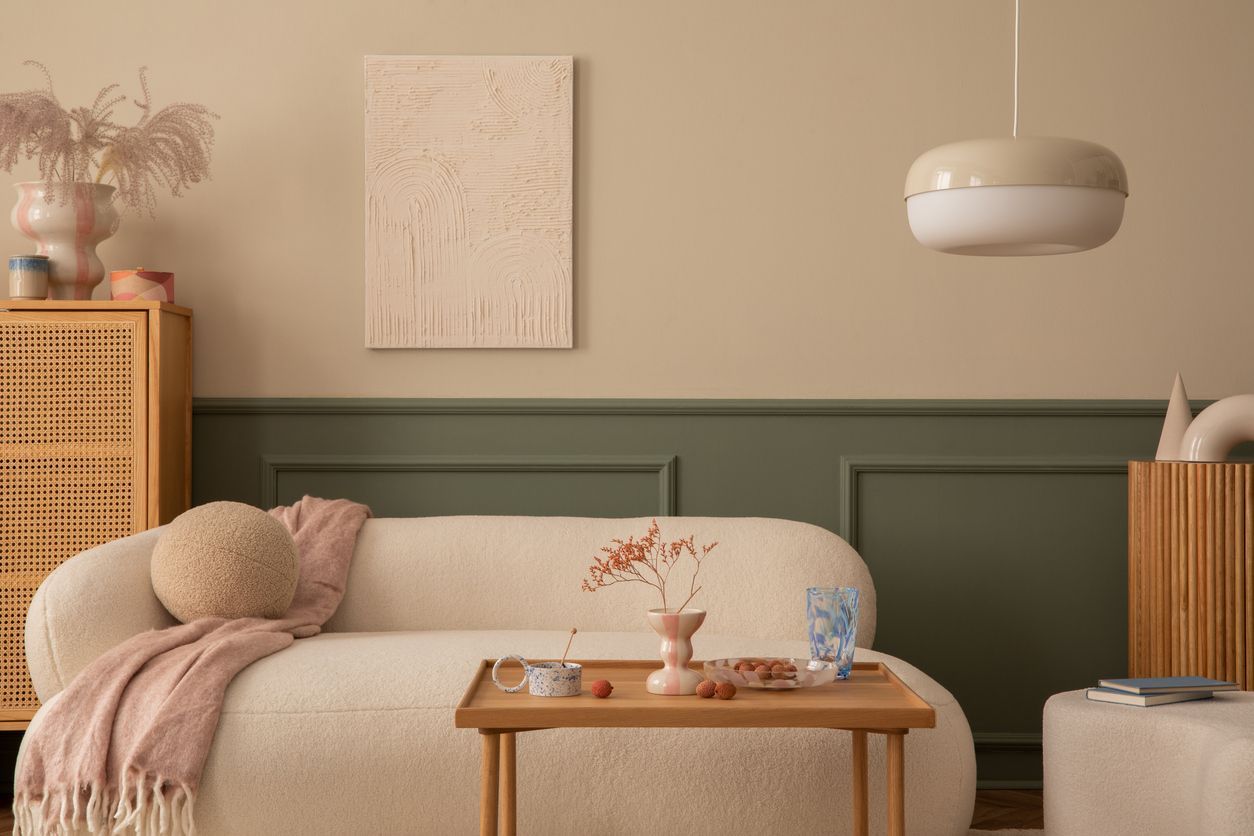Considering Painting Over Your Brick House?
Are you considering painting over your brick house to give it a much-needed aesthetic update?
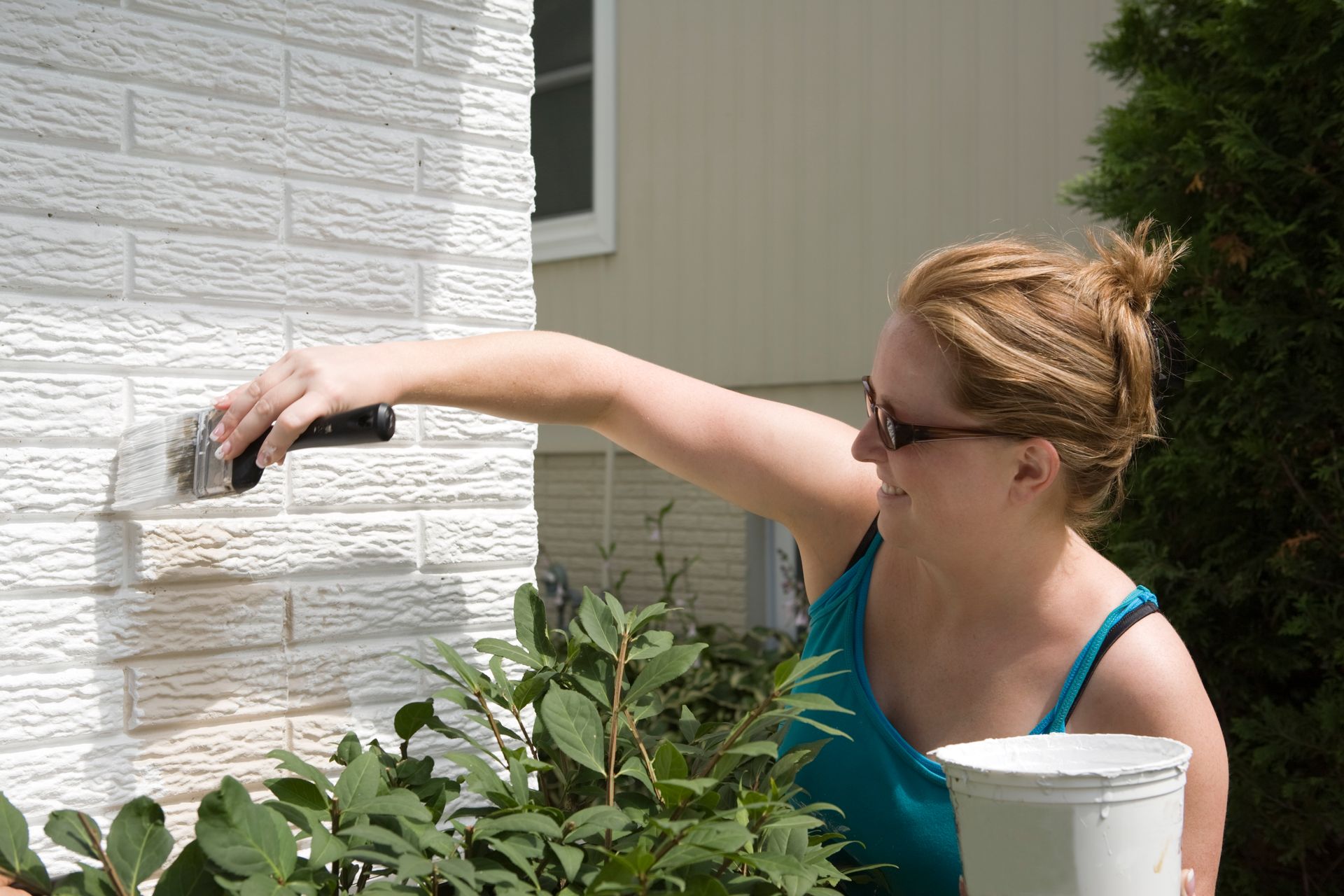
Are you considering painting over your brick house to give it a much-needed aesthetic update? If so, there’s more than meets the eye when it comes to this DIY task. From assessing the condition of your bricks, choosing paint colors, properly preparing and caring for your new look—it’s best to be in the know before starting off on such a big project! Let us provide you with all of the background information necessary as you consider taking on this exciting project.
Pros and Cons of Painting Over Brick
When it comes to painting over brick, there are both pros and cons to consider. On the one hand, painting can give an outdated or unsightly brick surface a fresh new look. It also provides an opportunity to incorporate different colors and textures into a space. However, it’s important to keep in mind that painting over brick can be a labor-intensive process, and the paint may not adhere properly if the brick is in poor condition or has been previously painted. Additionally, some homeowners prefer the natural look and texture of exposed brick, and painting over it may detract from its unique character. Ultimately, the decision to paint over brick should be carefully weighed and considered based on individual preferences and the condition of the surface.
The Prep Work Needed Before Painting Over Brick
Before diving headfirst into painting over brick, it's crucial to do some prep work to ensure the best possible outcome. Firstly, make sure the surface is clean and free of any dirt, grime or mold. Use a wire brush or sandpaper to remove any loose or flaking paint or mortar. Then, inspect the brick for any cracks or damage and repair as necessary. If you're painting interior brick, consider adding a sealant to prevent any moisture or dust from seeping through. And finally, choose the right type of paint for the job - acrylic latex is a great option for porous surfaces like brick. Taking these steps before painting may be time-consuming, but it will ultimately result in a much smoother and longer-lasting finish.
Choosing the Right Paint for Your Project
Choosing the right paint for your project can seem overwhelming with all the different types and finishes available. It's important to consider the surface you will be painting, as well as the environment it will be in. For example, if you're painting a bathroom or kitchen, a semi-gloss or high-gloss finish may be best to resist moisture and make the surface easier to clean. On the other hand, a flat or matte finish may be more suitable for a living room or bedroom to create a softer, more relaxed atmosphere. It's also important to consider the quality of the paint and whether it will hold up over time. By taking these factors into account, you can choose the right paint for your project and achieve a beautiful, long-lasting finish.
Creating Your Own Design with Paint
Do you have a vision for your space that you just can't seem to find anywhere else? Why not create your own design with paint? Choosing the right paint tone can make all the difference in bringing your unique vision to life. Whether you're going for a bold statement wall or a cozy and inviting feel, the possibilities are endless. Start by considering the mood you want to create in your space and then experiment with different paint swatches and finishes until you find the perfect combination. Don't be afraid to get creative and let your personality shine through in your design. With a little patience and a lot of imagination, you'll have a space that's truly one-of-a-kind.
How to Deal With Moisture Issues When Painting Over Brick
When it comes to painting over brick, moisture issues can be a real headache. You may have noticed that bricks are porous, which means they can absorb moisture from the air or the ground. This can lead to water damage or even structural issues if left unchecked. Fortunately, there are ways to deal with moisture issues when painting over brick. First and foremost, it's important to make sure the surface is completely dry before you start painting. You may also want to use a waterproof primer or sealer to help keep moisture out. Additionally, make sure that any drainage issues around the brick are addressed to prevent water from pooling and causing damage. By taking these steps, you can ensure a long-lasting and beautiful paint job on your brick surface.
Tips for Keeping Your Painted Brick Looking Its Best
Painted brick can be a stunning addition to any home's exterior, but it does require some upkeep to ensure it stays looking its best. One of the most important things you can do is to regularly clean it to remove dirt and debris that can accumulate over time. Avoid using harsh chemicals or tools that could damage the brick or the paint. Additionally, it's important to inspect the brick for any signs of damage or wear and tear, such as cracks or peeling paint, and address those issues as soon as possible to prevent further damage. By taking these simple steps, you can ensure that your painted brick retains its beauty and adds value to your home for years to come.
Painting over a brick house is not an easy task. It takes a lot of prep work, the right materials and design ideas to get the job done right. Thankfully, knowing the pros and cons of painting over your brick house, understanding what
prep work needs to be done first and choosing the proper paint for your project are all essential components of this venture.
But it doesn’t end there – knowing how to deal with moisture issues is just as important. Finally, maintaining your painted brick’s appearance is key for getting the most out of your efforts. If you have worked hard to successfully paint your brick home and need help in keeping it looking its best, don't hesitate - call
Peninsula Painting today! For all of your painting needs they are committed to delivering quality craftsmanship that meets or exceeds each customer's expectations.
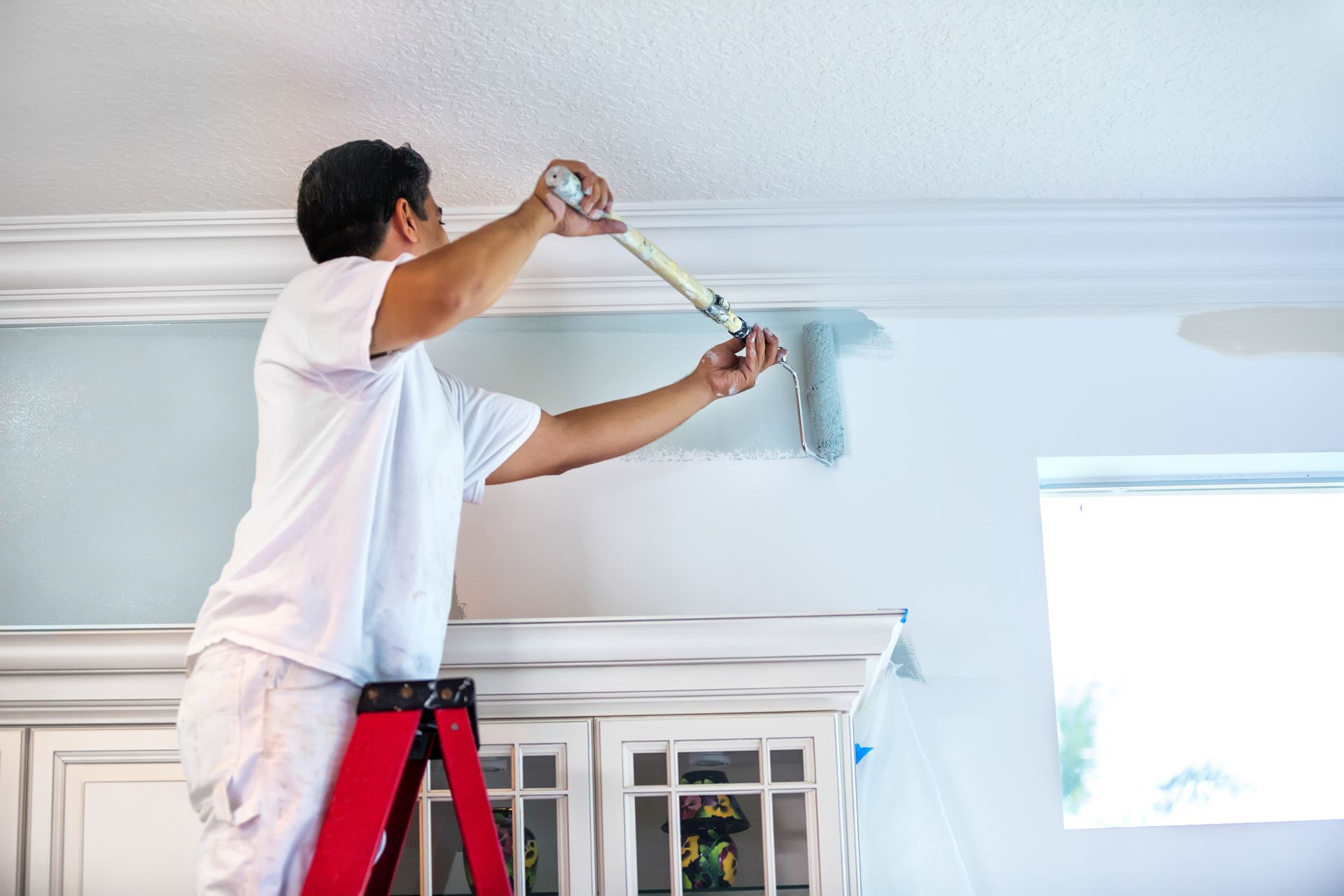

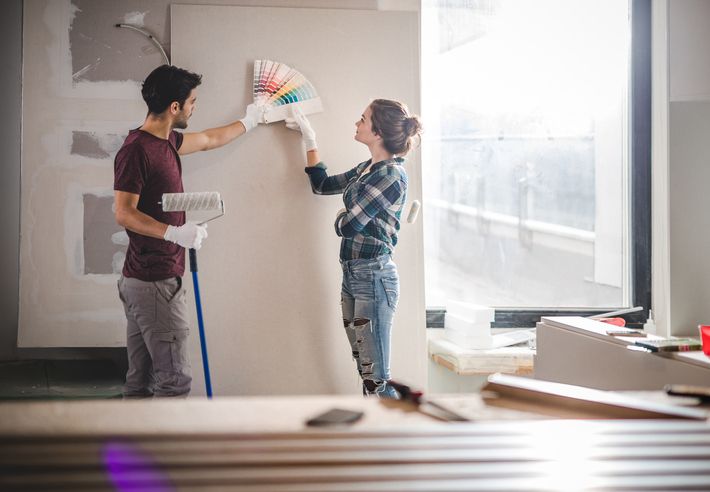
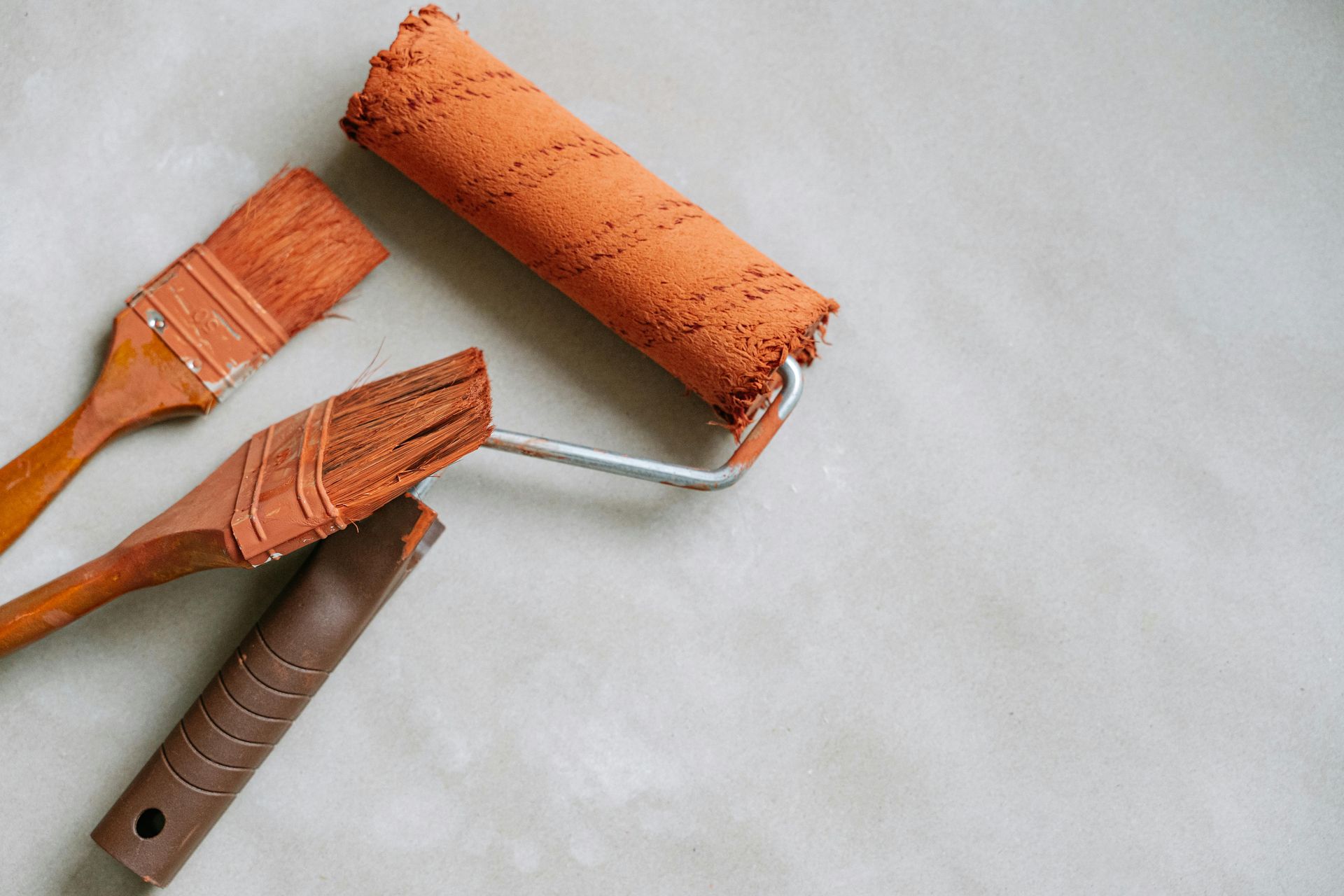


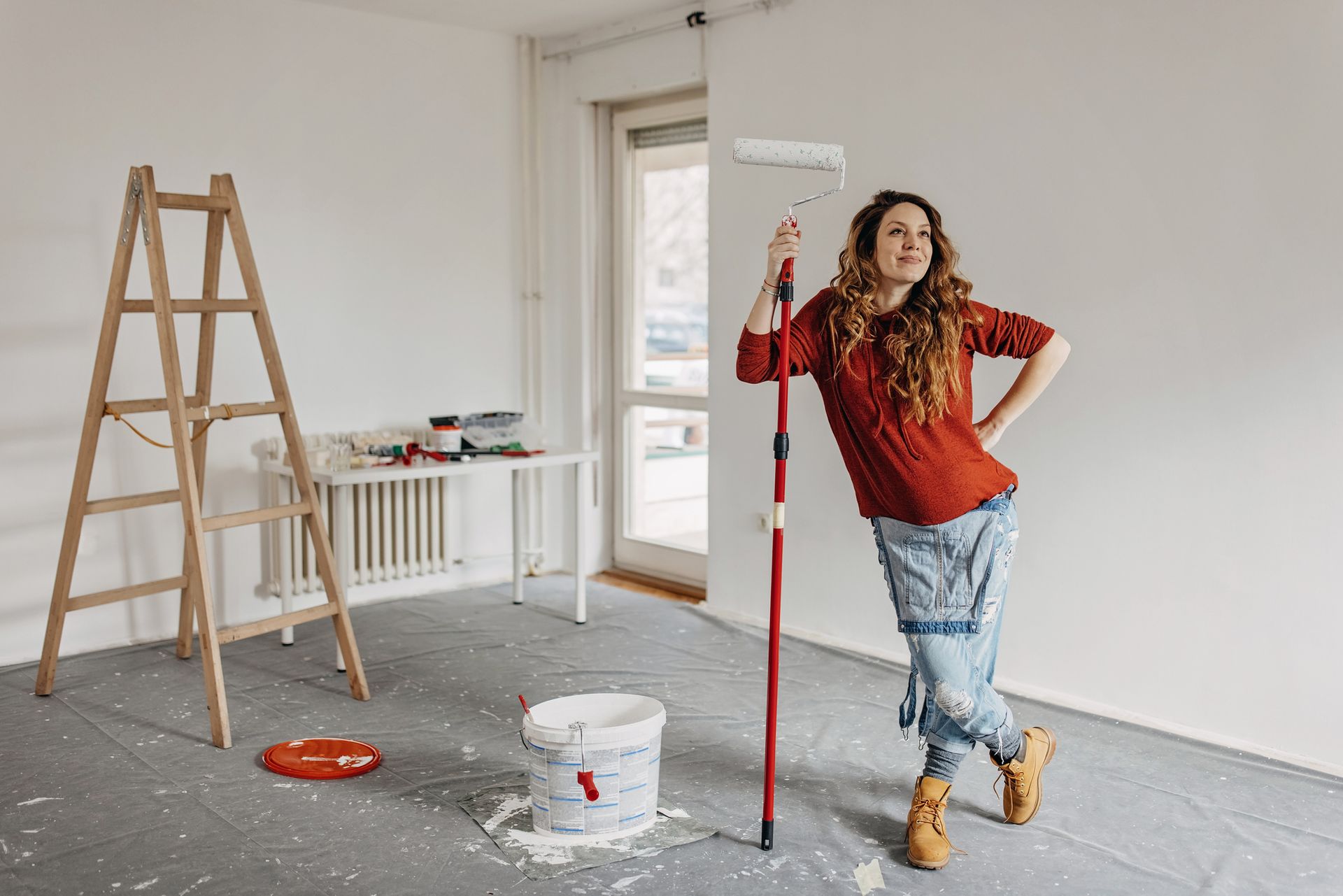

SERVICES
OPENING HOURS
- Mon - Fri
- -
- Sat - Sun
- Closed



